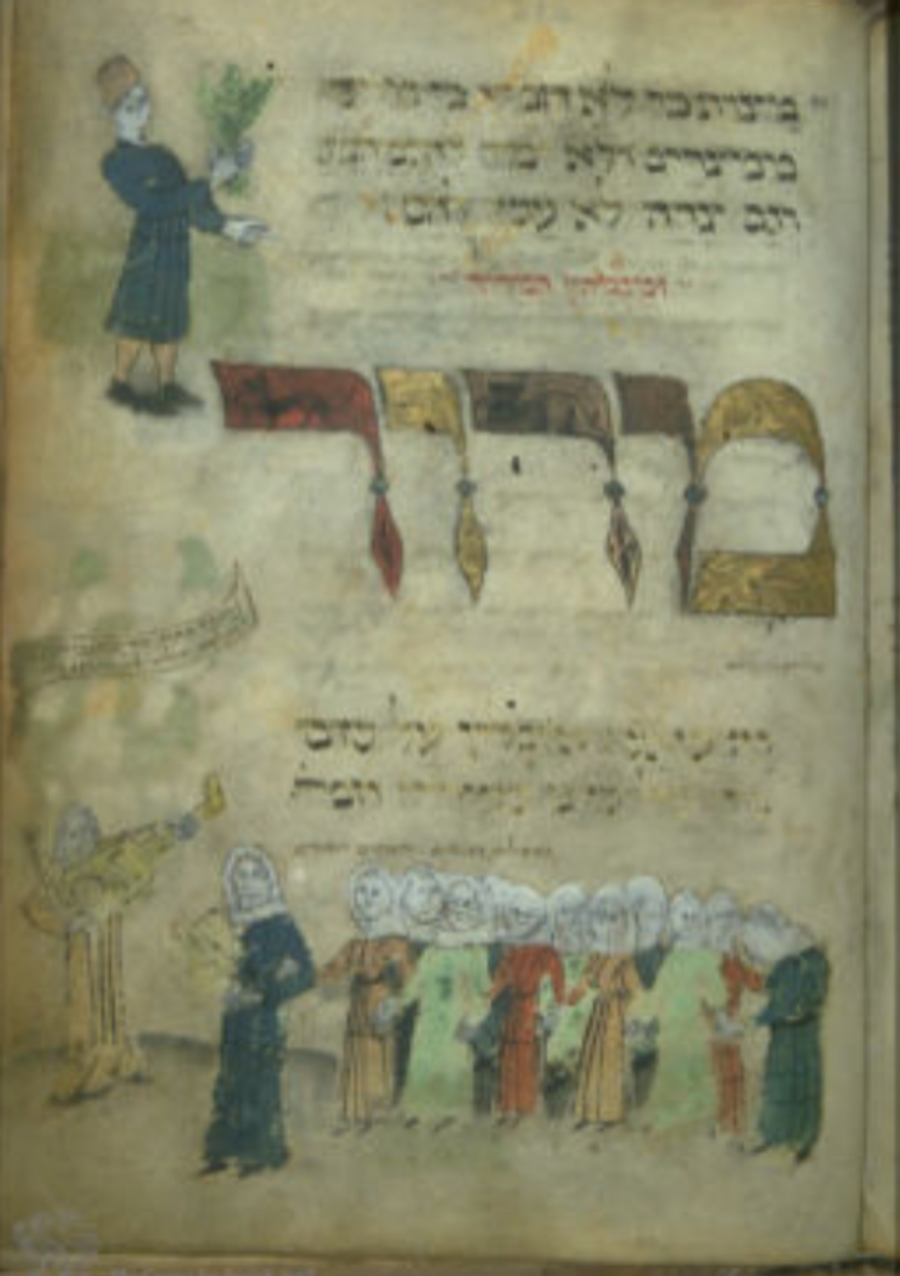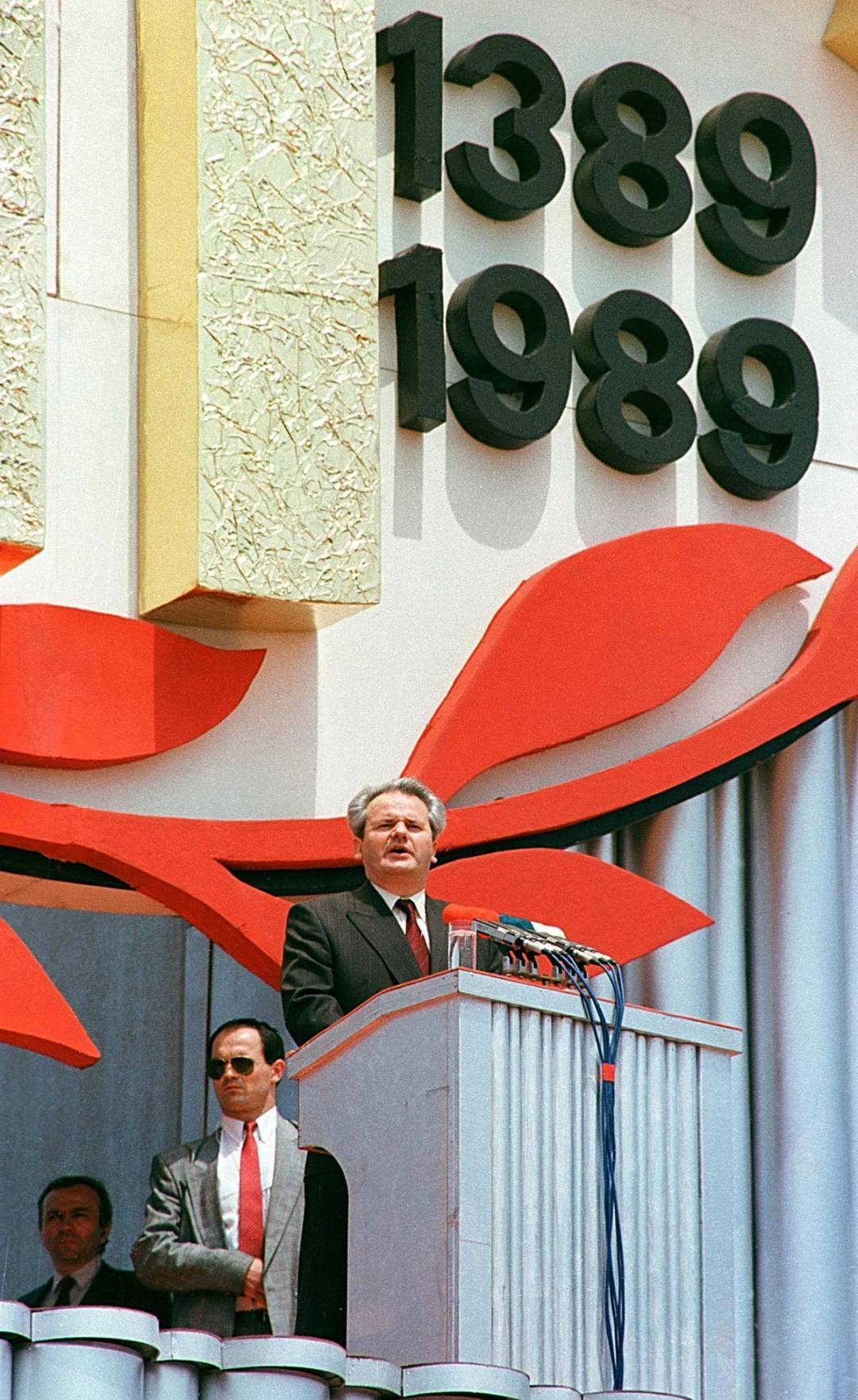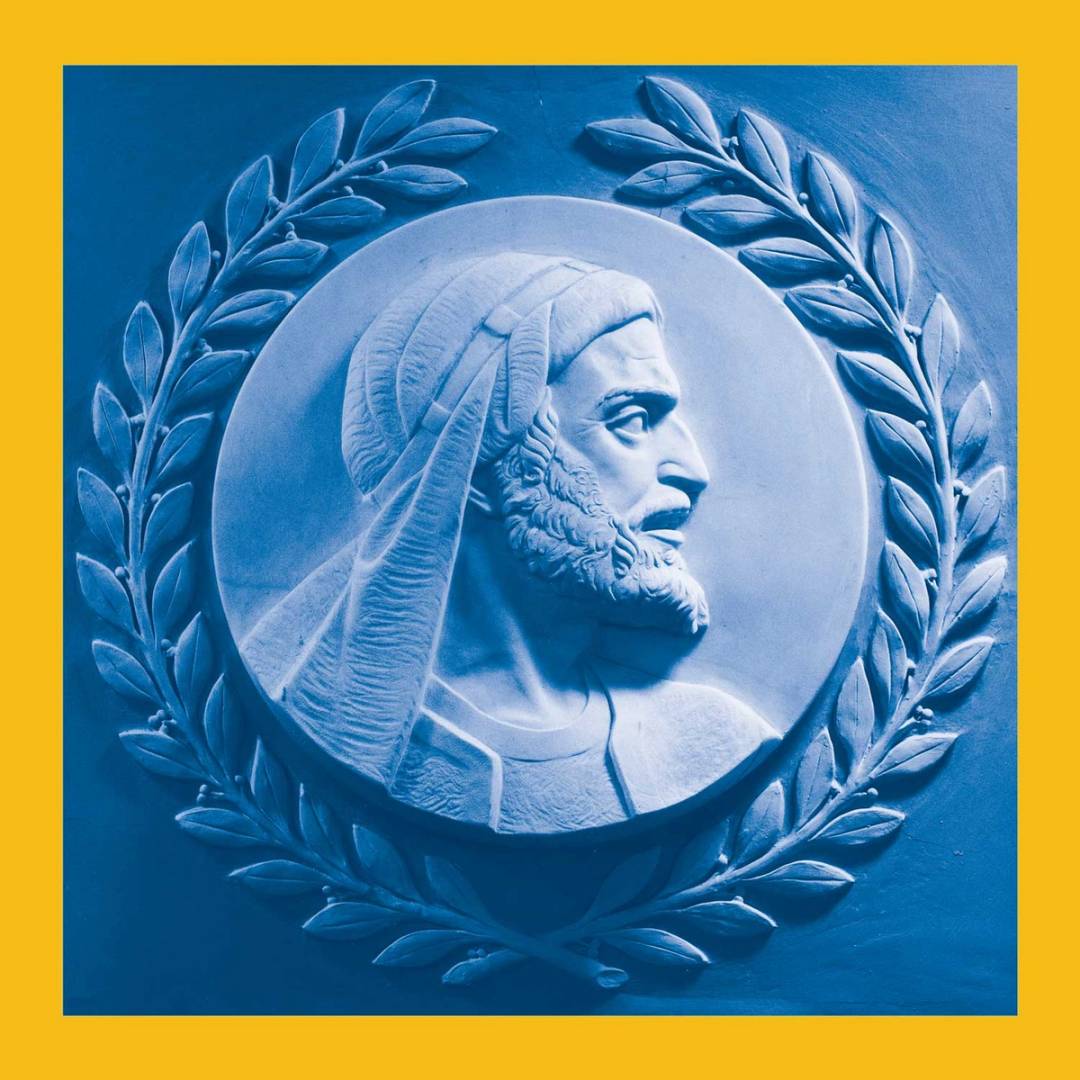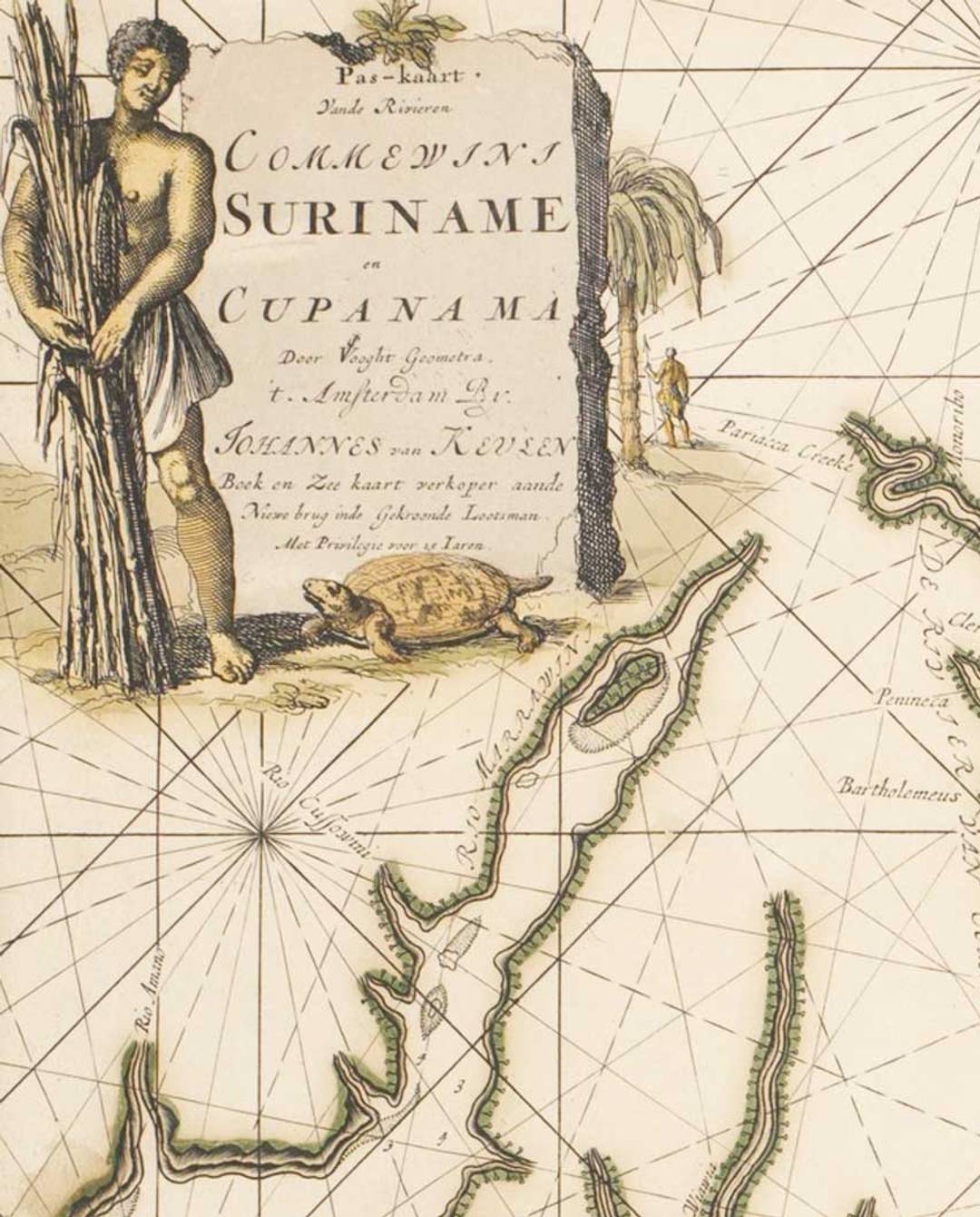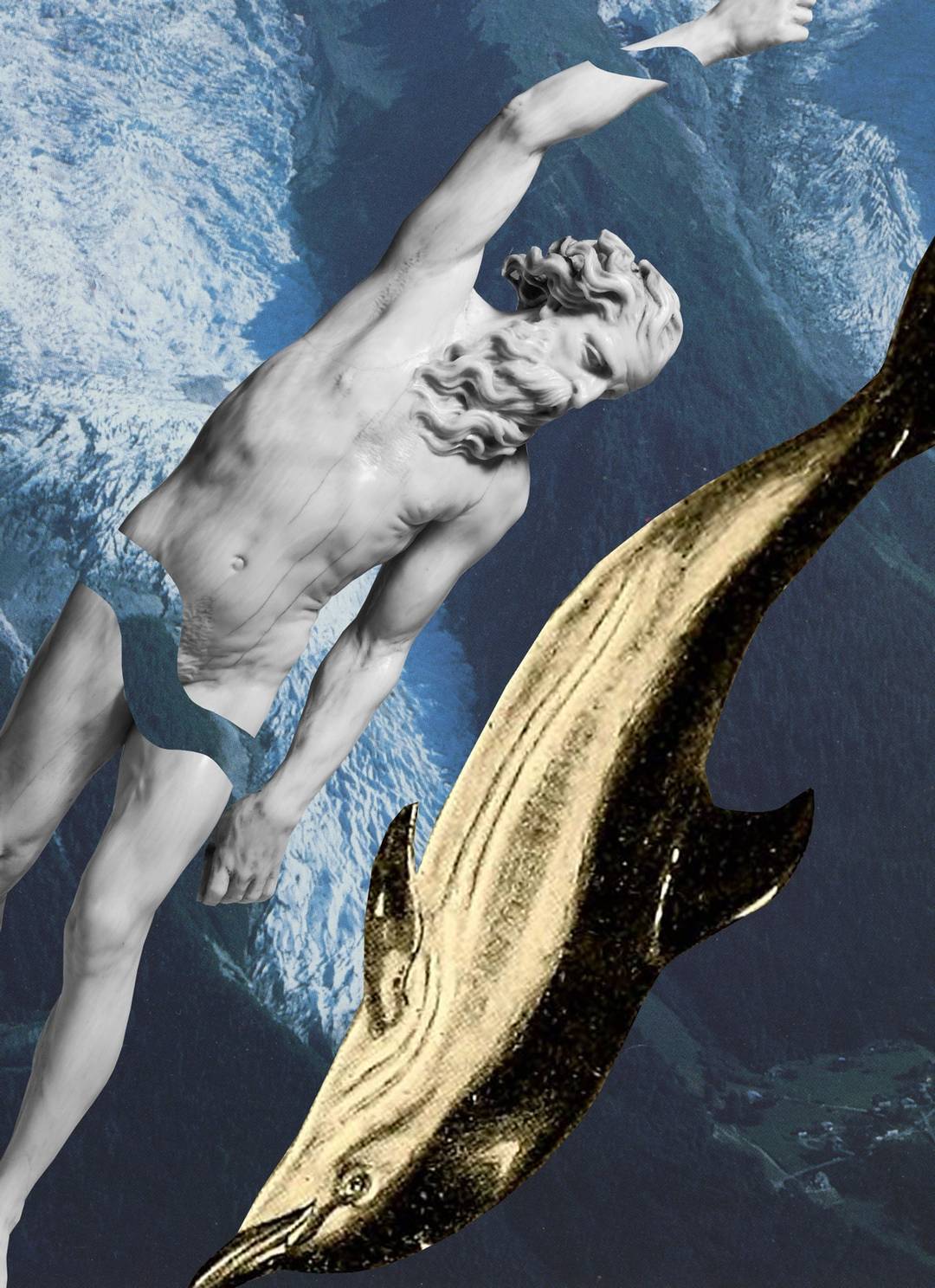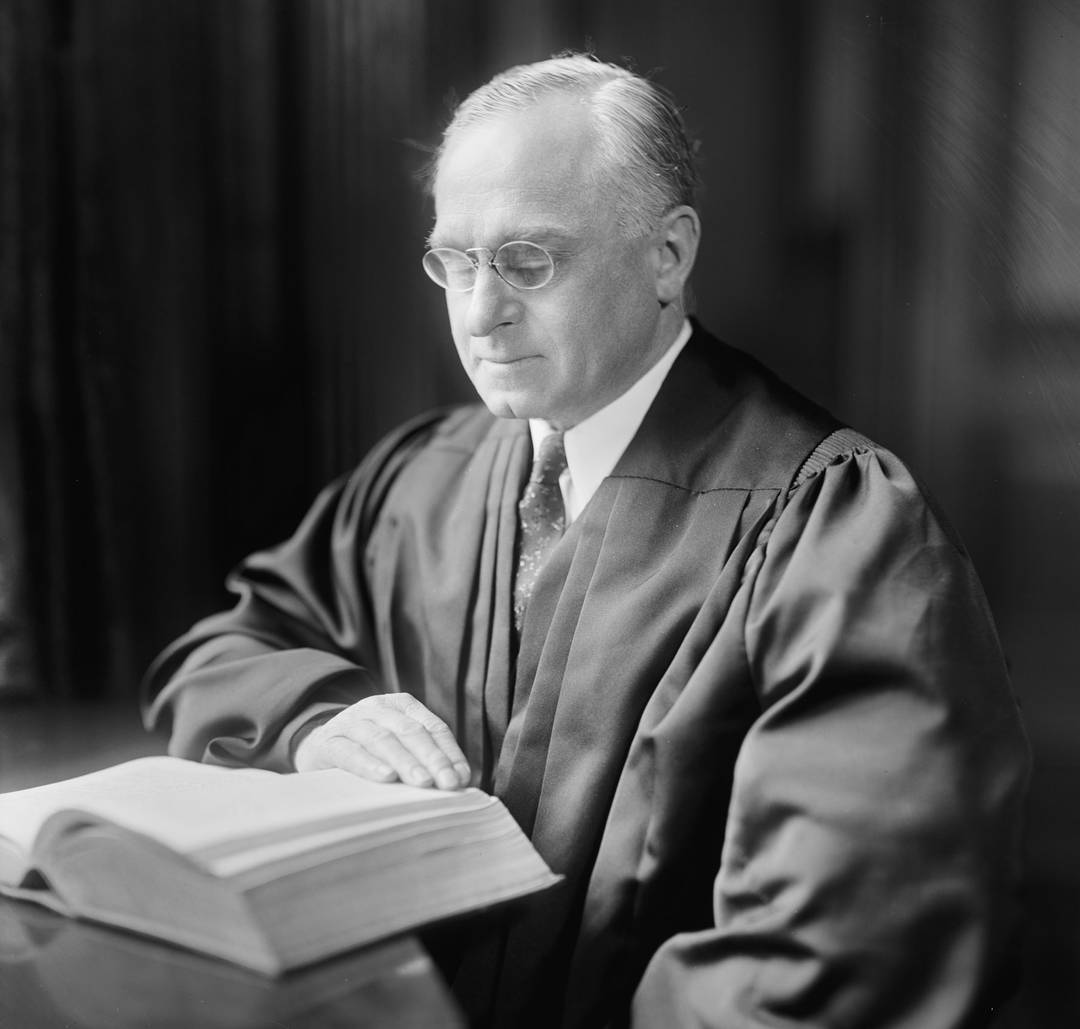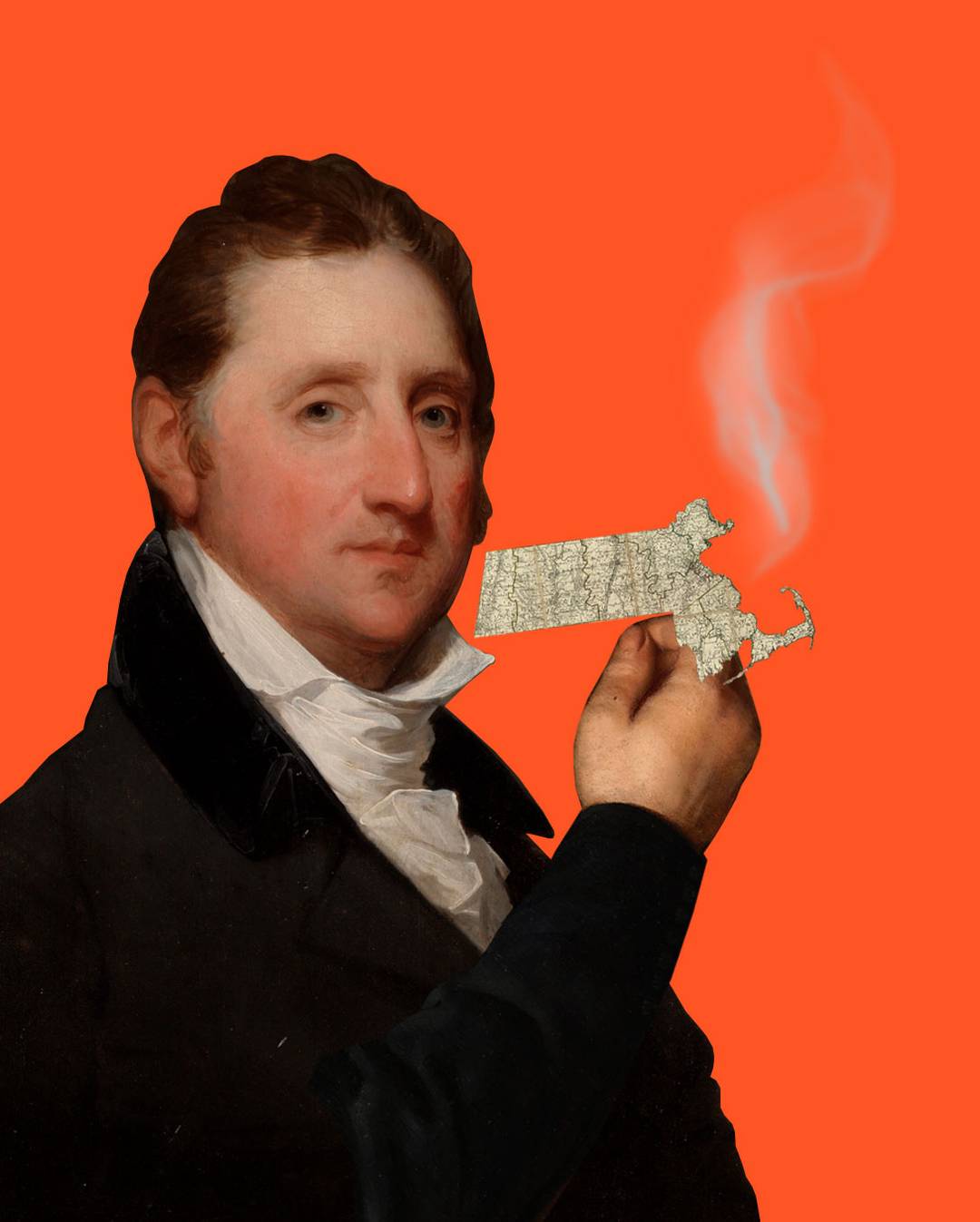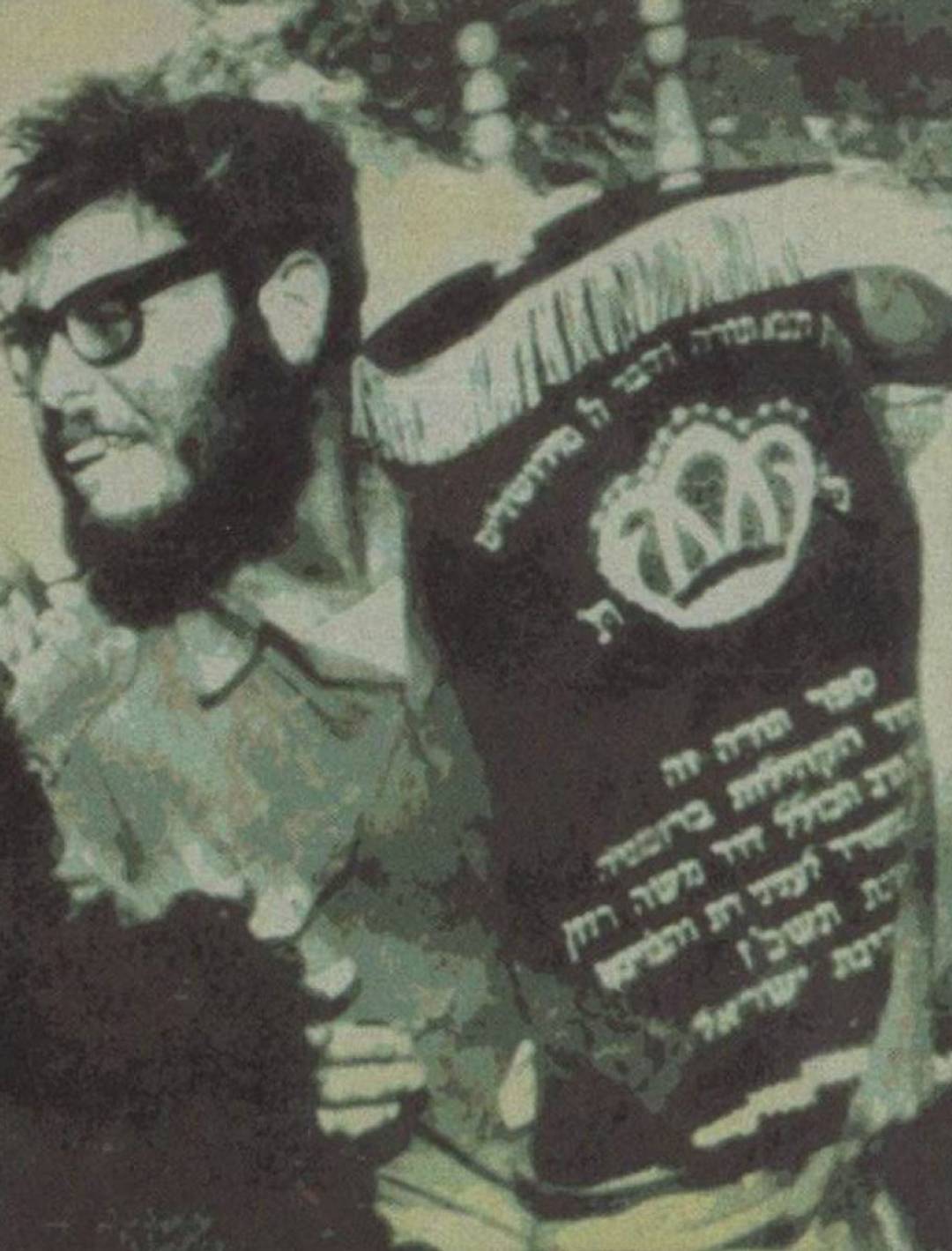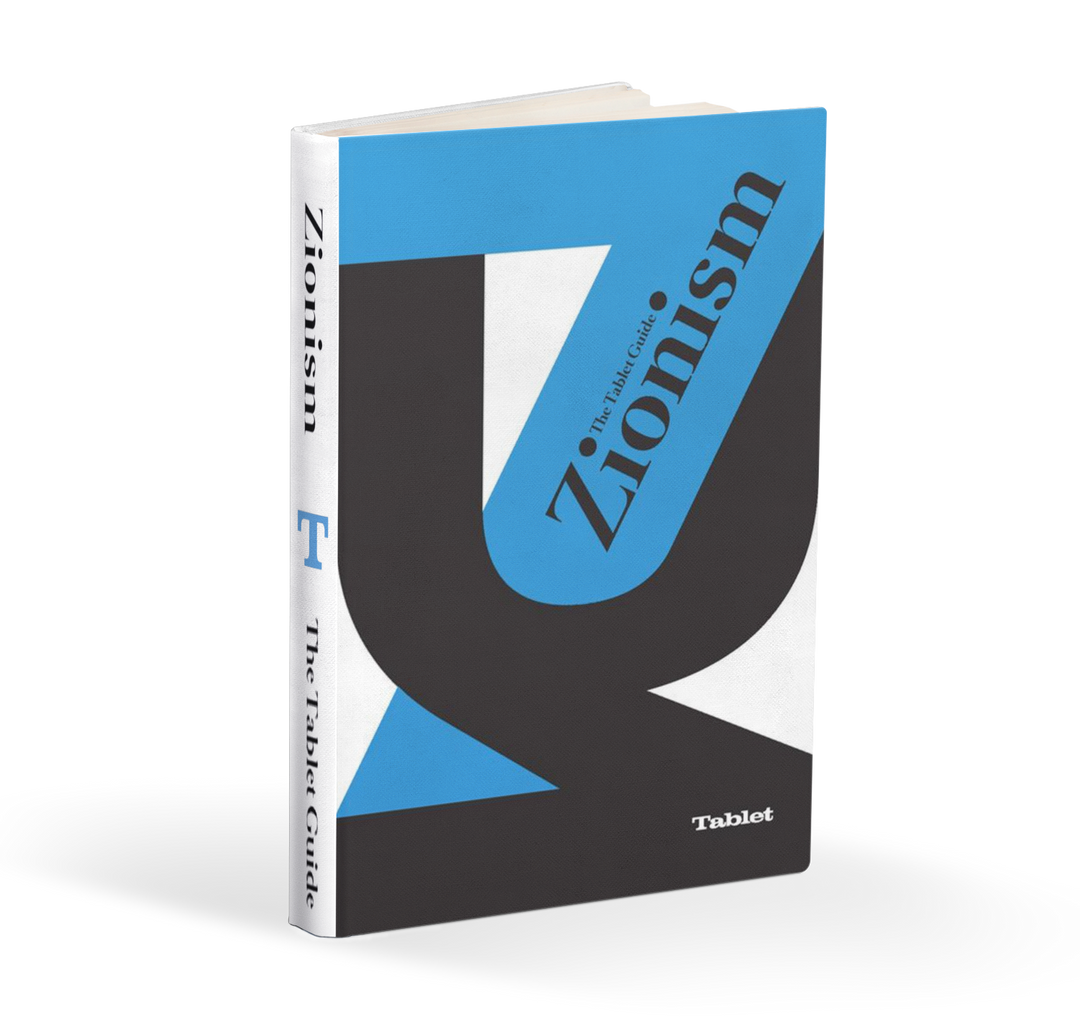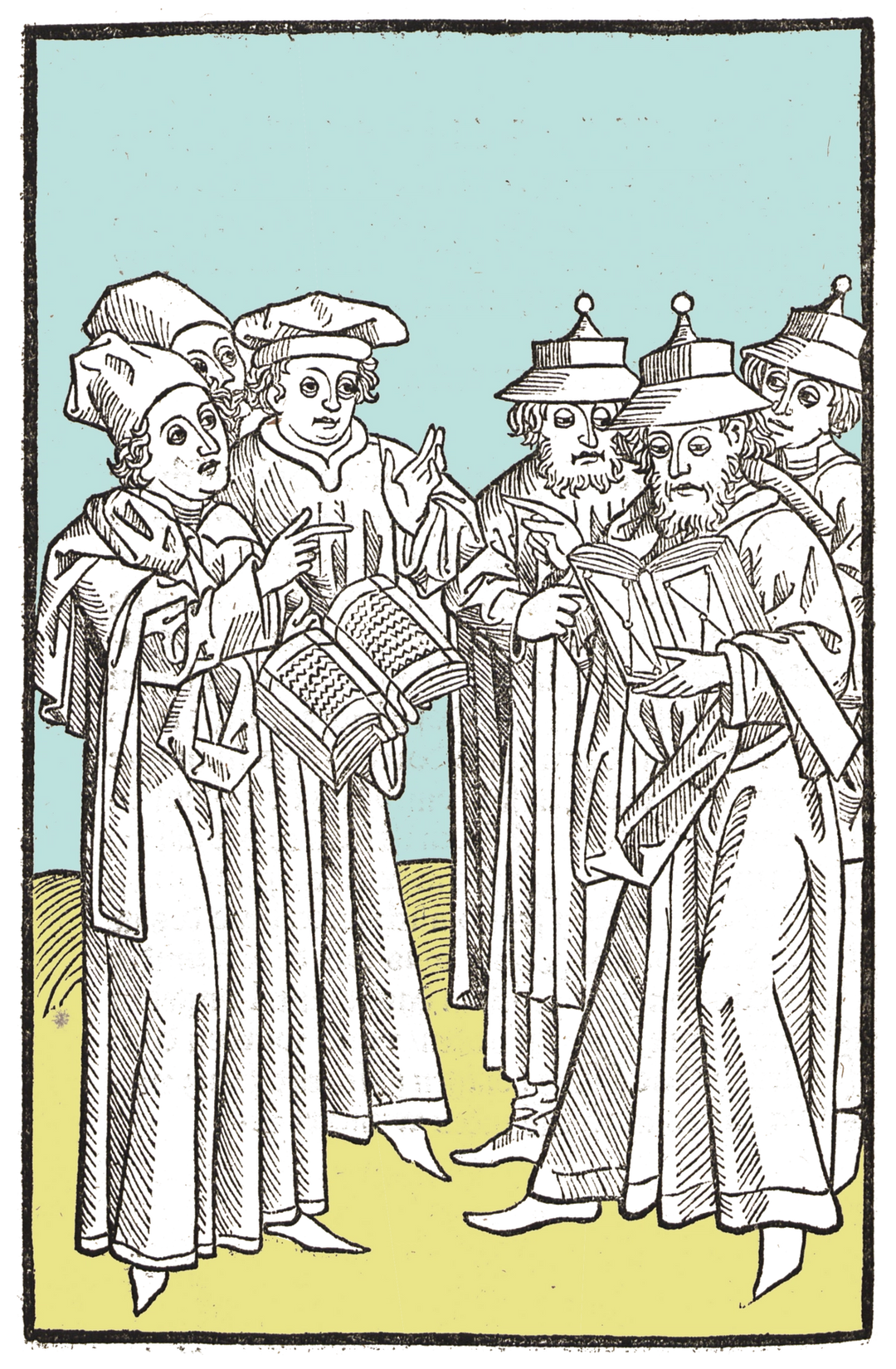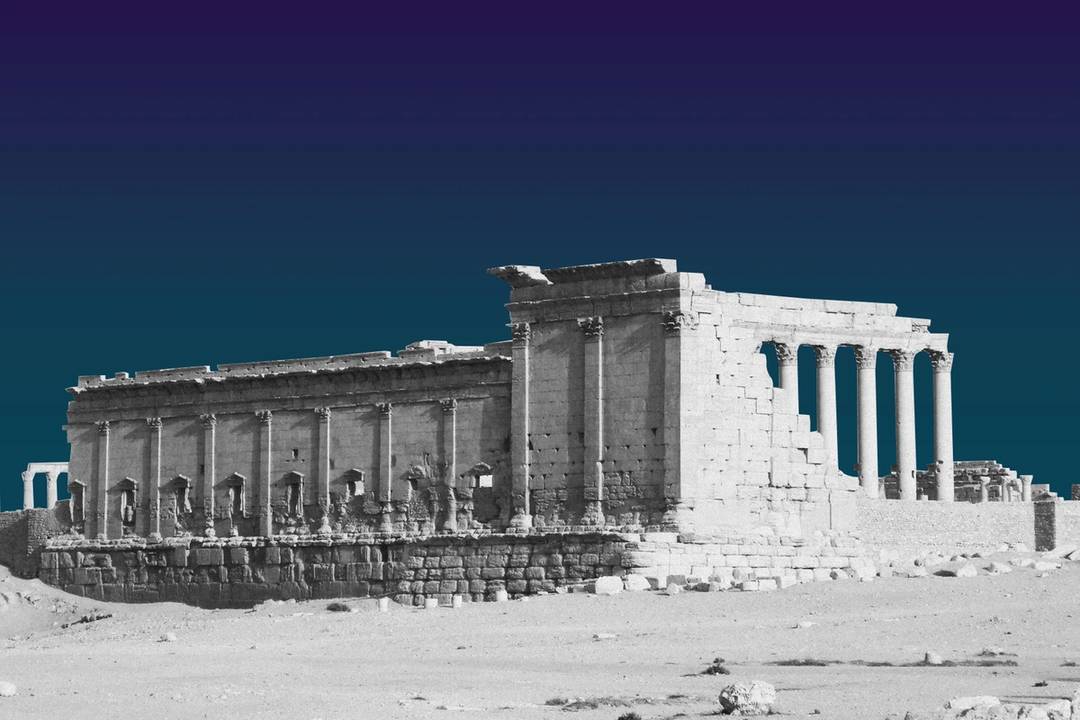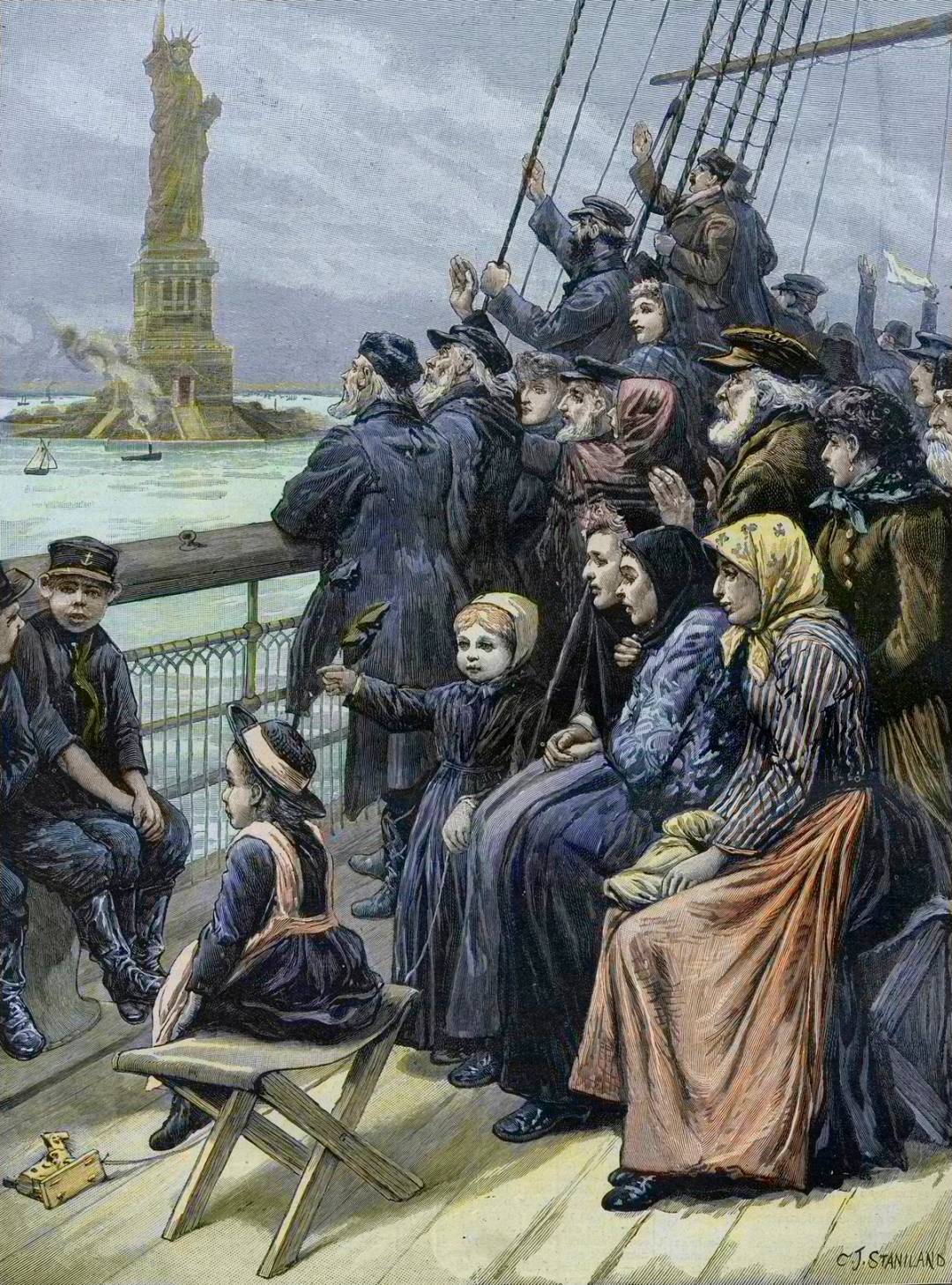Tablet Magazine
text and textiles
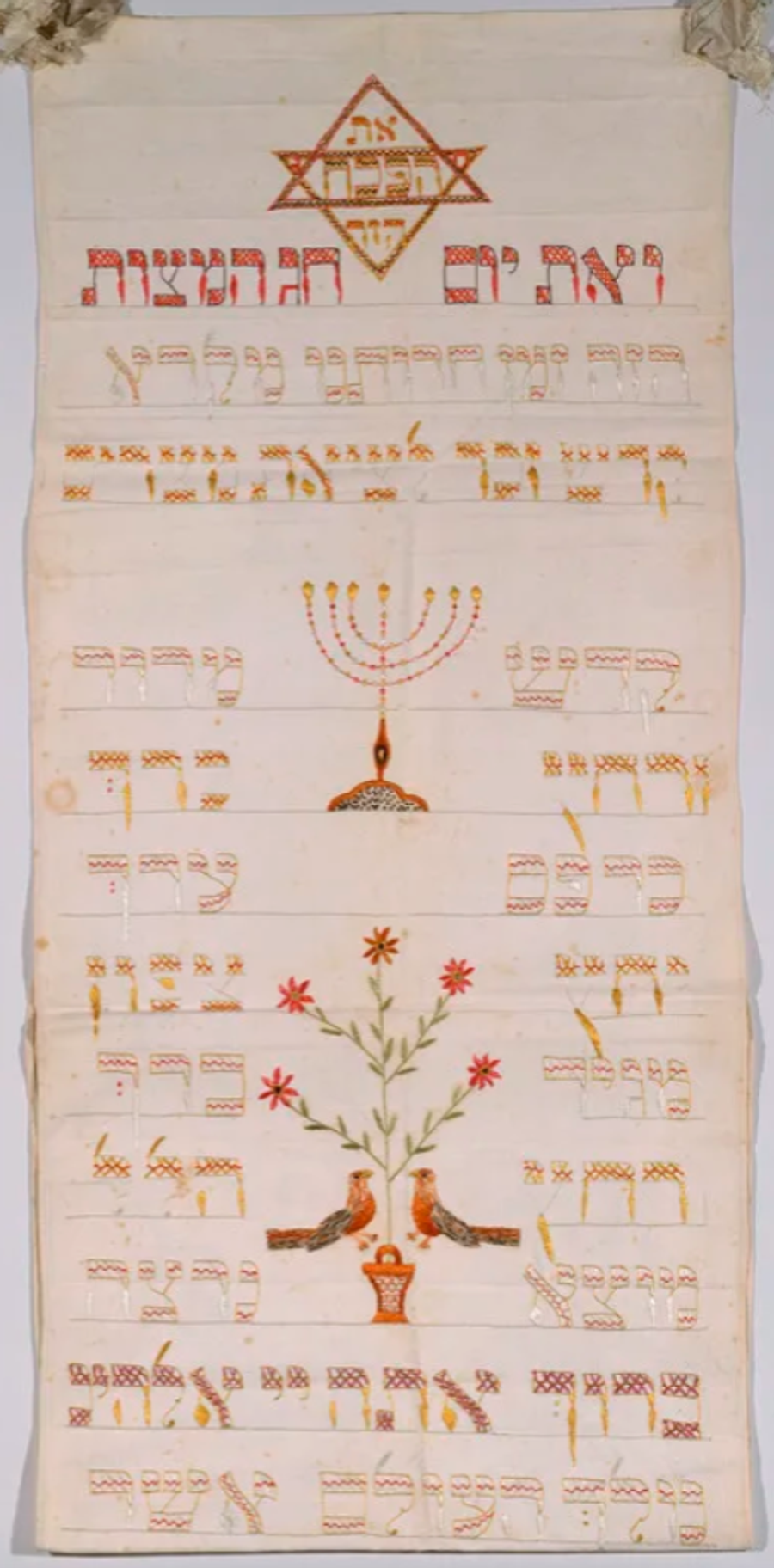

A Passover towel created by Lisette Harf Nathan (1880-1941) in Wickrath, Germany. Embroidery on linen, circa 1904
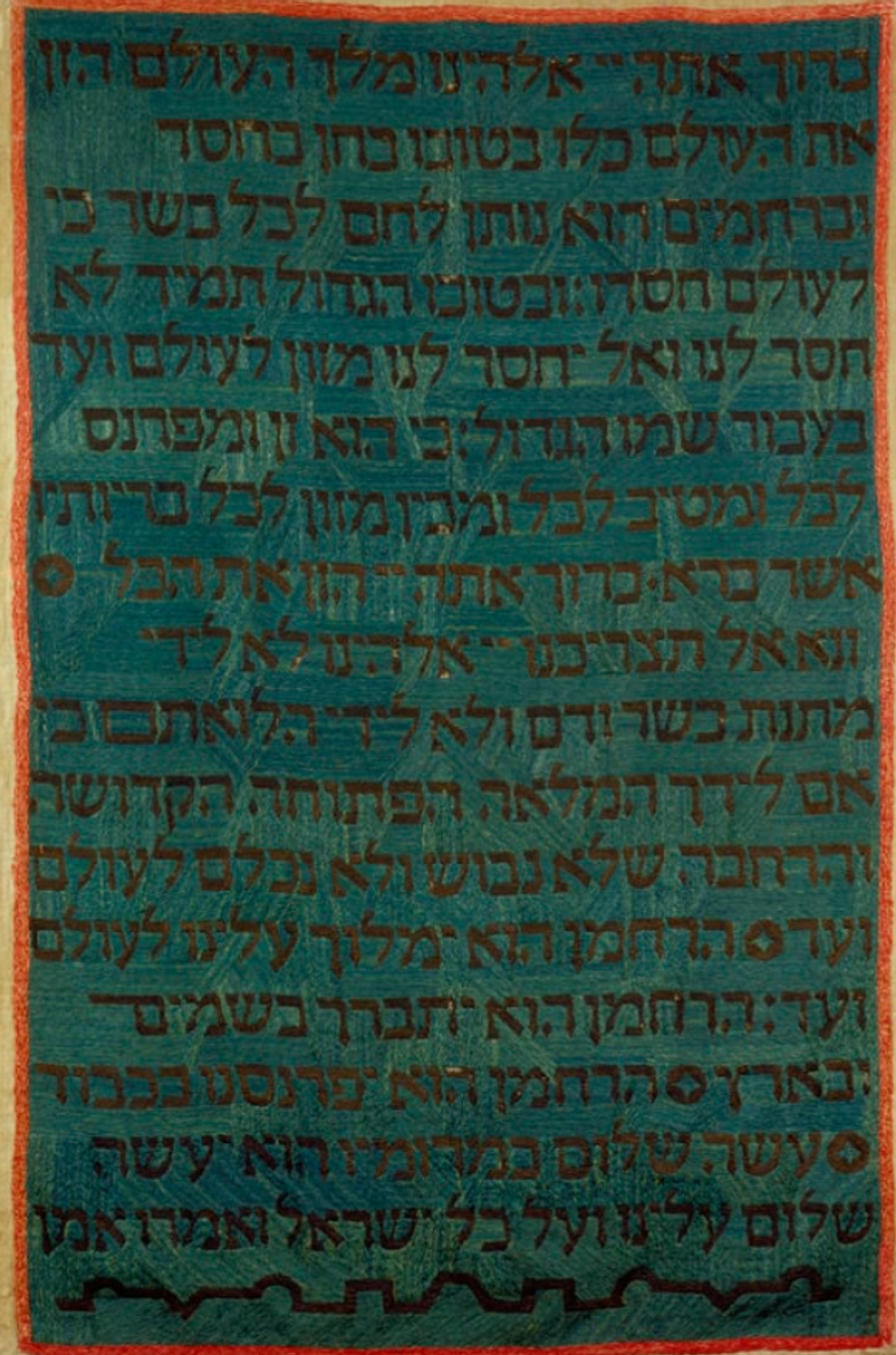

Wall-hanging by Berthold Wolpe (1905-1989), Offenbach, Germany, circa 1925. Linen embroidered with linen thread
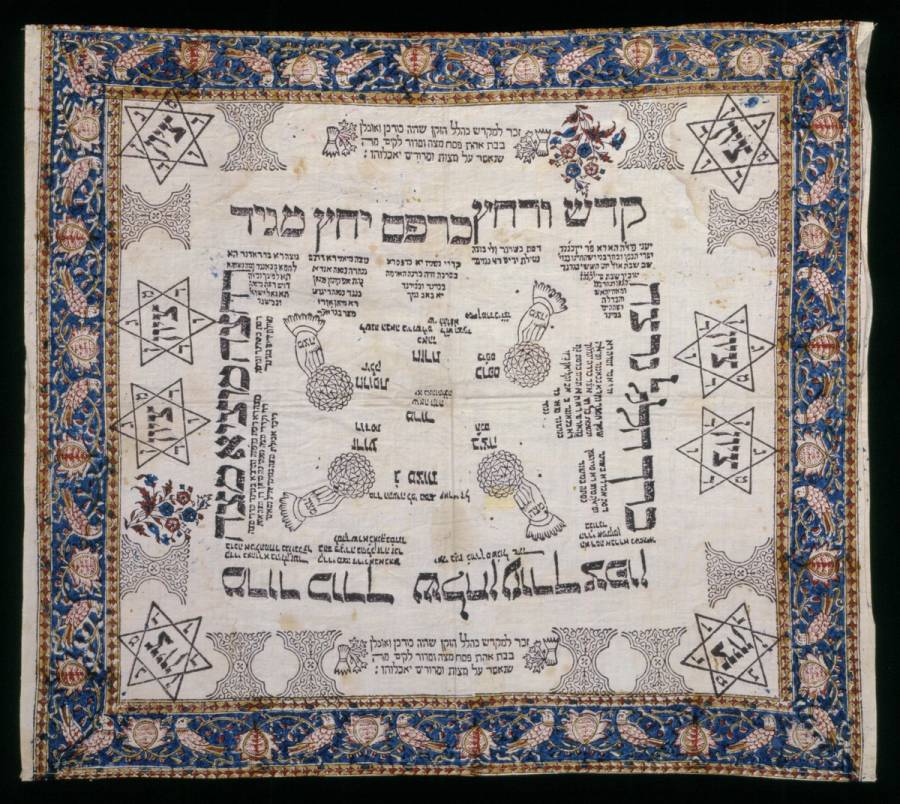

Passover Table Cover created in Iran circa 1920
Listen to Tablet
on resurrection
“Jewish Reflections on the Resurrection of the Dead”
BARUCH BRODY (2016-17)
“Resurrection of the Dead as Symbol and Strategy”
CLAUDIA SETZER (2001)
judaica americana
A recent auction at Kestenbaum and Company included a large offering of Americana that focused on Jews in the American Civil War, featuring photographs, autograph letters, and printed books.
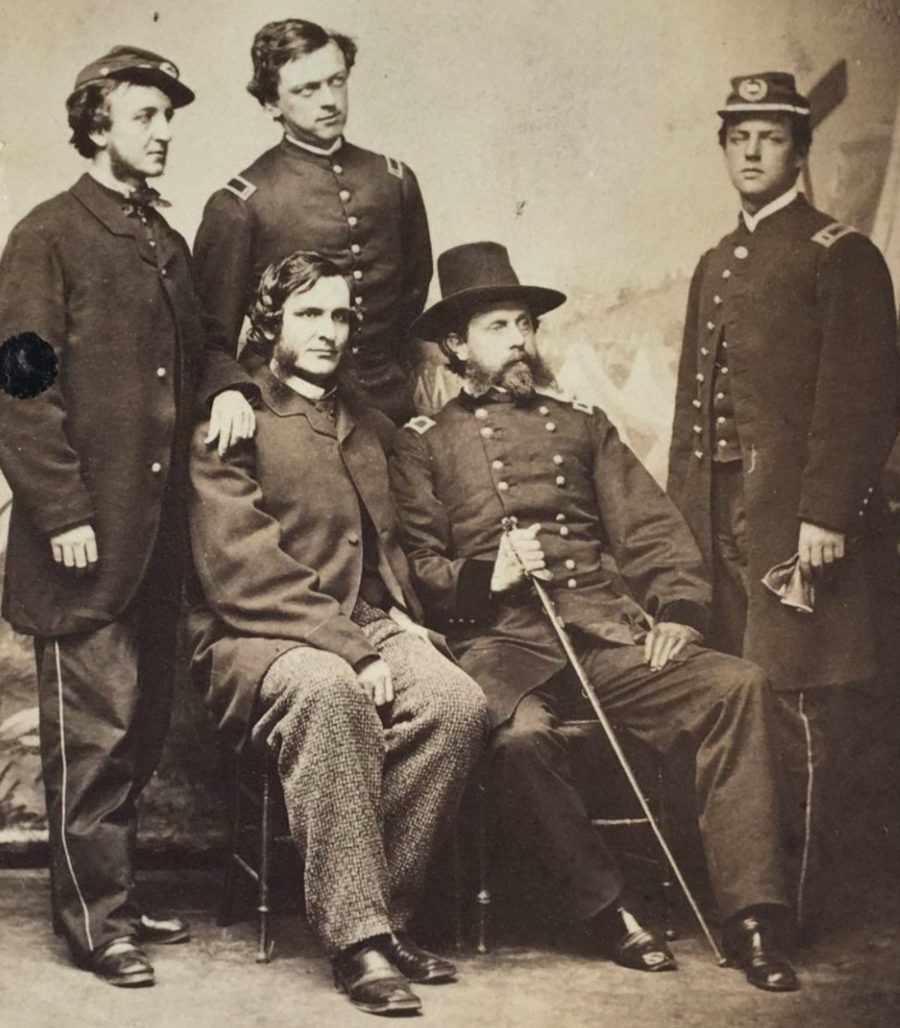

A carte-de-visite photograph of General Quincy Gilmore (seated with walking stick) posing with four staff members including Alfred Mordechai Jr. (1840-1920), back row, middle. Mordechai graduated West Point like his father and became an authority in the field of ordnance (mounted guns and artillery) and ended his career with the rank of brigadier general.


A photograph taken at St. Peter’s Church in Yorktown depicting a camp of soldiers that includes “French’s Brigade,” a distinguished regiment that contained a large number of Jewish soldiers.
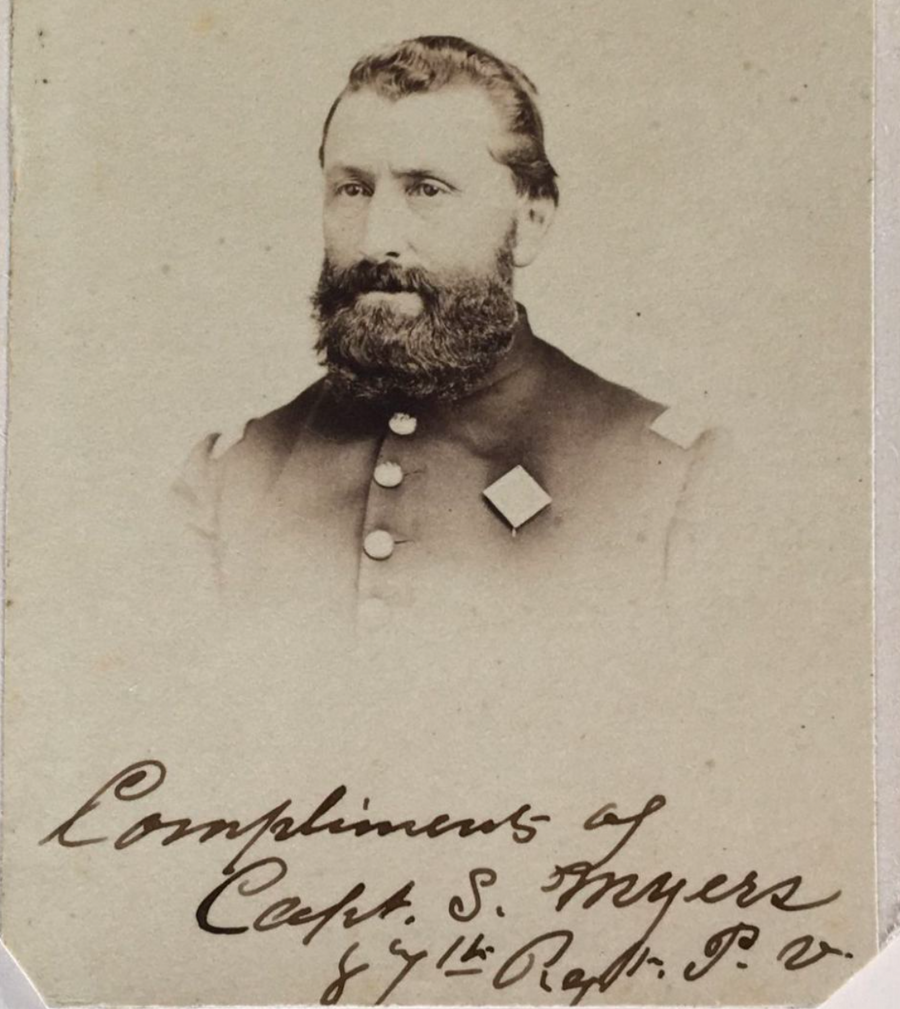

A carte-de-visite photograph of Captain Solomon Myers (1829-86) of the 87th Pennsylvania Infantry. Myers served from September 13, 1861 to October 13, 1864.
Newsletter
Those who do not remember the past are ... probably not Jewish
Miriam, Music, and the Exodus
Top left, a man standing, lifting up a bunch of green leaves and pointing to the word ‘maror.’ Below, also in blue, Miriam, plays the timbrel accompanied by a group of maidens. Some consider Miriam (sister of Moses) a prophetess who played a significant role in the Exodus.
